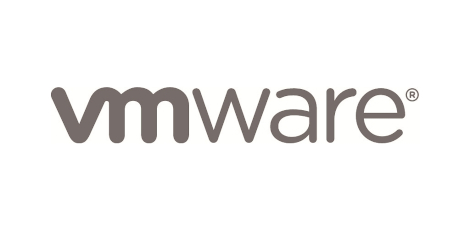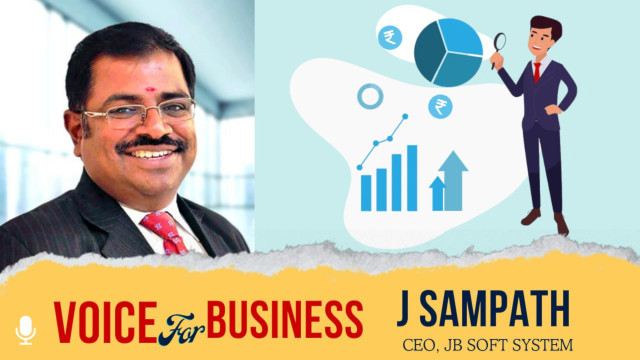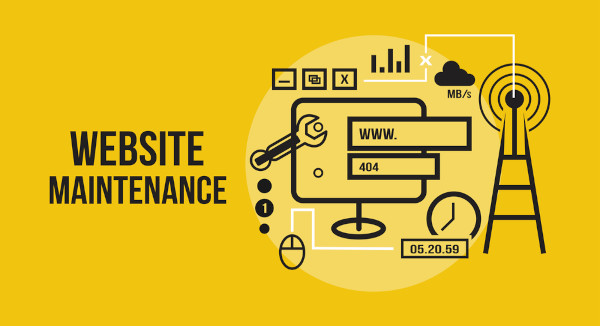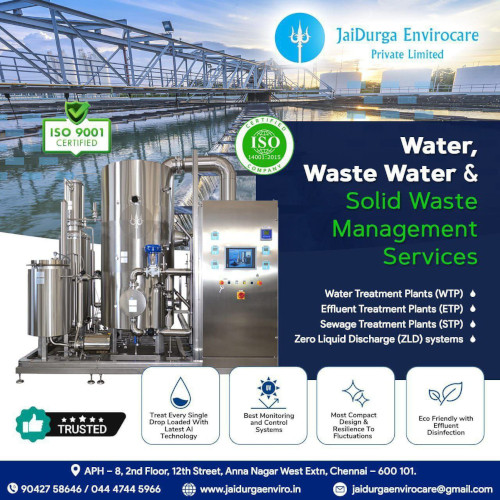No. of views : (3945)
VMware Unlocks the Power of Kubernetes for 70 Million-Plus Workloads Running on vSphere
Posted on: 16/Sep/2020 1:03:36 PM

VMware, Inc. (NYSE: VMW) today unveiled new offerings to help customers further accelerate their app and infrastructure modernization initiatives. VMware vSphere 7 Update 1, VMware vSAN 7 Update 1 and VMware Cloud Foundation 4.1 product releases streamline customer adoption of Kubernetes and support stateful applications with new developer-ready capabilities and enhance scalability and operations with new features. VMware today also announced Tanzu editions—packaging portfolio capabilities to address the most common scenarios customers encounter in their modernization efforts.
“A year ago, we embarked on an effort to help customers succeed along each step of their app and infrastructure modernization journey,” said Raghu Raghuram, chief operating officer, Products and Cloud Services, VMware. “Today, we take a leap forward to unlock the potential of Kubernetes for hundreds of thousands of VMware vSphere customers. Our new solutions and offerings help remove the guesswork out of Kubernetes and provide the requisite capabilities needed to help customers’ achieve their modernization objectives.”
Delivering Developer-Ready Infrastructure
In a year’s time, VMware has delivered a comprehensive software stack that enables customers to develop new modern applications as well as modernize existing applications and infrastructure. At VMworld 2019 US, VMware unveiled the Tanzu portfolio and the tech preview of Project Pacific—to rearchitect vSphere into an open platform using Kubernetes APIs. In March 2020, VMware introduced the Tanzu portfolio for modern applications. Additionally, VMware delivered on the first phase of Project Pacific with VMware Cloud Foundation 4 with Tanzu—which provides hybrid cloud infrastructure with consistent management for both VM-based and container-based applications. (Read VMware App Modernization press release).
Today, VMware is delivering on the next phase of Project Pacific with new product releases to help customers rapidly adopt Kubernetes. VMware vSphere with VMware Tanzu will provide a simple way for hundreds of thousands of vSphere customers globally to get started with Kubernetes and modernize the 70 million-plus workloads running on vSphere. Customers will be able to take advantage of existing investments in technology, tools and skillsets to quickly set up and provision Kubernetes clusters in support of modern applications.
Specifically, vSphere with Tanzu will allow customers to configure enterprise-grade Kubernetes infrastructure with their existing network and block or file storage in less than an hour. (1) This includes enabling customers to extend vSphere Distributed Switch support for Kubernetes clusters. vSphere with Tanzu will also allow customers to deploy NSX Advanced Load Balancer Essentials (with option to upgrade to the Enterprise Edition) or choose their own L4 load balancing solutions. Using VMware vCenter Server, customers will be able to deploy Kubernetes clusters in minutes, provision role-based access and allocate capacity to developers. (2) The integration with VMware Tanzu allolows administrators to manage consistent, compliant and conformant Kubernetes while providing developers self-service access to IT infrastructure.
Additionally, VMware is introducing new capabilities across its HCI and hybrid cloud platforms to further support customers’ modern applications needs. VMware Cloud Foundation 4.1 with VMware Tanzu will introduce the vSAN Data Persistence platform—a framework for Independent Software Vendors (ISVs) enabling modern stateful services such as NoSQL databases and object storage to integrate with the underlying infrastructure. The integrations will enable customers to run their stateful applications with lower TCO and simplified operations and management.
Today, VMware is announcing that Dell EMC ObjectScale will be integrated and validated on the vSAN Data Persistence platform. VMware is also announcing partnerships and co-engineering efforts with Cloudian, DataStax and MinIO to integrate and validate their respective offerings on the platform. Partners will introduce plug-ins in support of the platform over time. (3) In conjunction with partners, the new platform will enable customers to:
- Allow developers to use Kubernetes APIs to provision and scale stateful services on-demand in a self-service model with minimal administrator intervention;
- Deliver integrated service health and capacity monitoring through dedicated dashboards in vCenter;
- Leverage service-aware infrastructure operations to enable service availability during infrastructure changes including maintenance and lifecycle management;
- Run stateful services with optimal storage efficiency.
Simplifying the Customer Journey through the VMware Tanzu Portfolio
Building on today’s new product releases, VMware is simplifying how customers realize compelling outcomes with the capabilities of its VMware Tanzu portfolio. VMware is introducing VMware Tanzu editions—packaging portfolio capabilities that address the most common enterprise requirements to modernize infrastructure and applications. The VMware Tanzu editions lineup consists of Basic, Standard, Advanced and Enterprise. VMware Tanzu Basic is an add-on to vSphere that entitles customers to run Kubernetes as part of their vSphere environment. VMware Tanzu Standard edition enables customers to run and manage Kubernetes across multiple clouds with a single, open source aligned distribution, and centralized management of policy across clouds, clusters and teams. The Basic and Standard editions will be available this quarter; the Advanced and Enterprise editions will be available later with more details to follow.
Scale Infrastructure without Compromise and Simplify Operations
Beyond the app and infrastructure modernization updates introduced today, VMware vSphere 7 Update 1, VMware vSAN 7 Update 1 and VMware Cloud Foundation 4.1 are introducing new capabilities in support of customers running traditional workloads. New features and enhancementsts will enable customers to scale their infrastructure and simplify their operations







